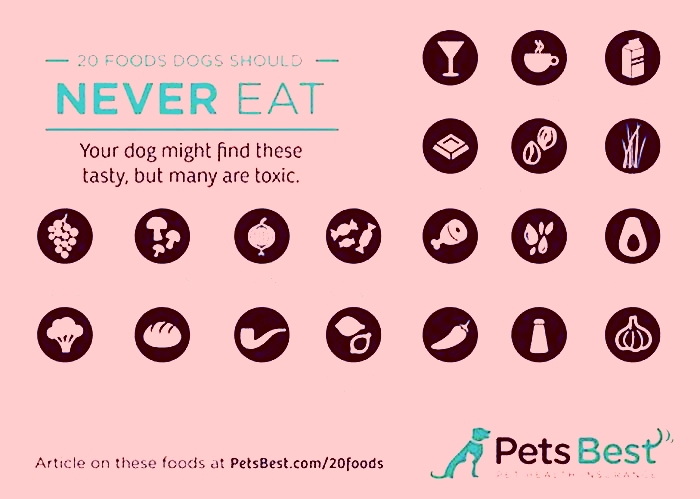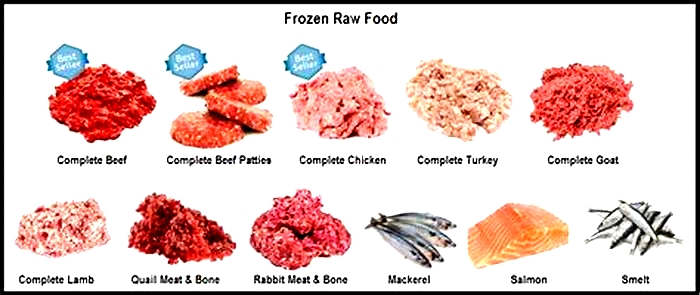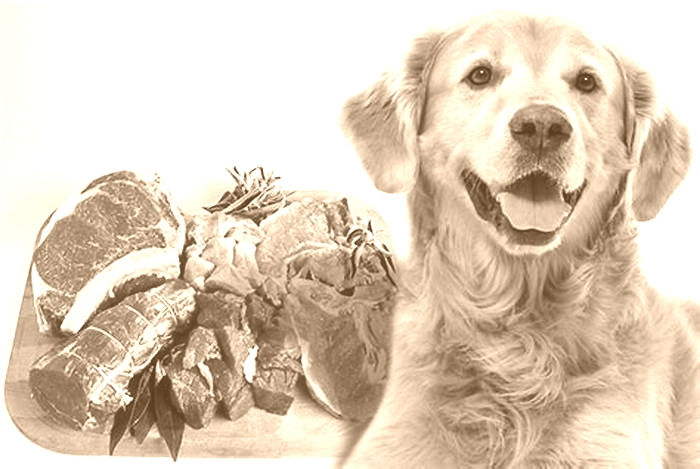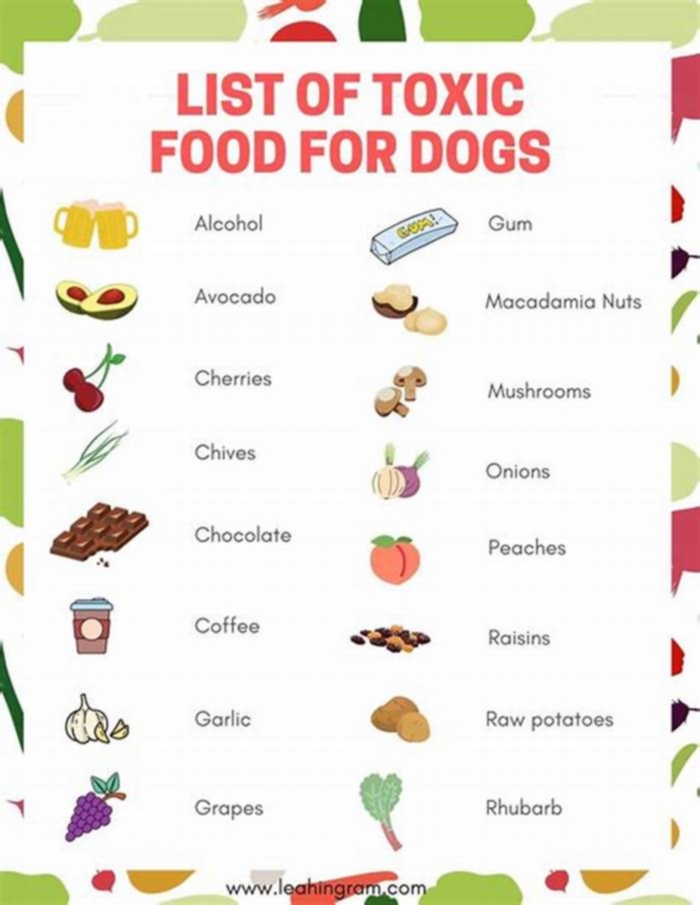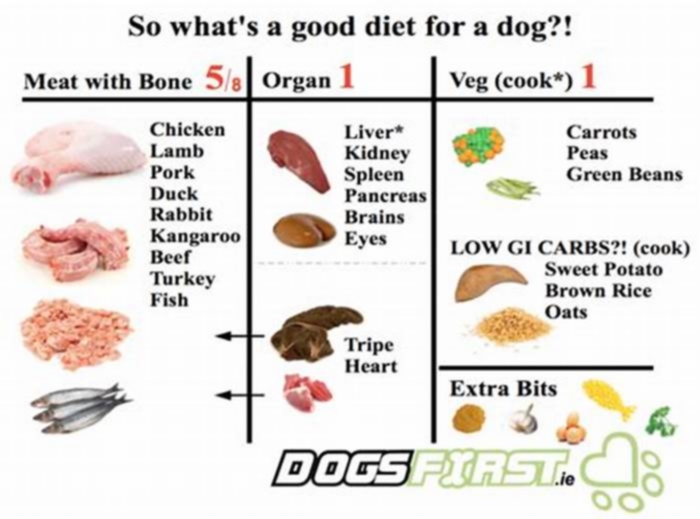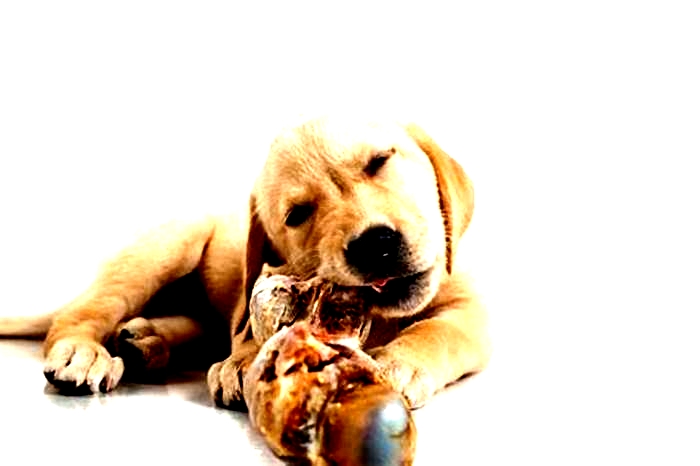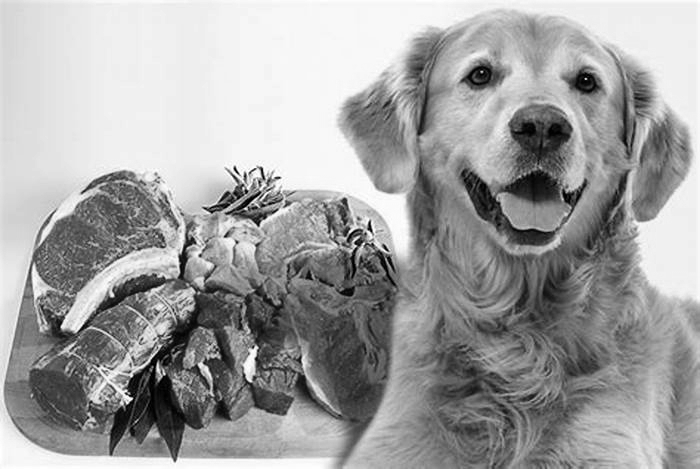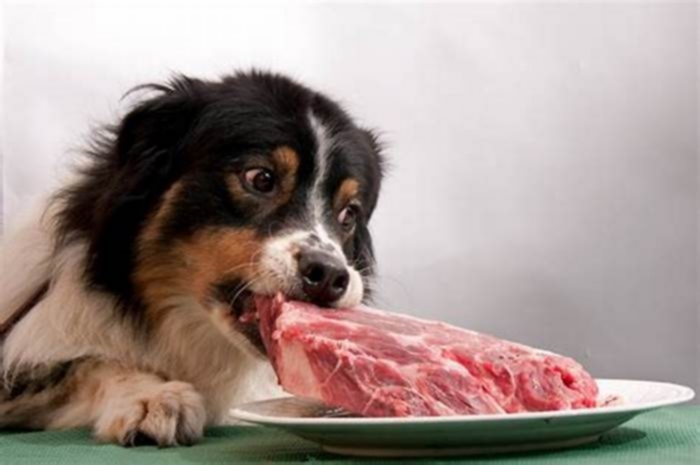How often should dogs eat raw meat
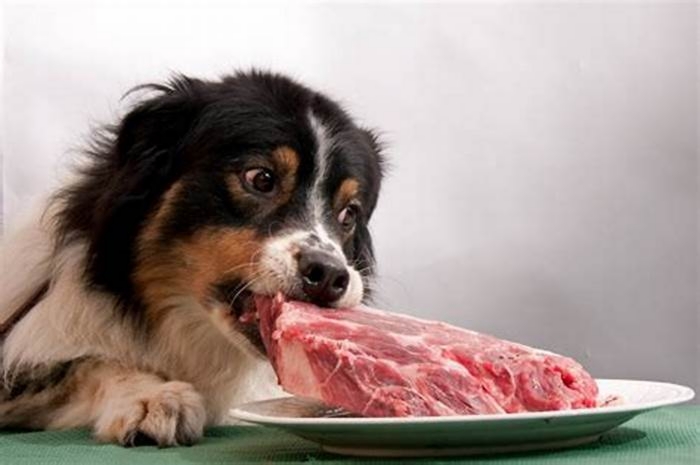
The Ultimate Guide to Feeding Your Furry Friend: How Often Should Dogs Eat Raw Meat?
If youre currently researching the idea of switching your pup to a raw diet, you may be wondering: How often should dogs eat raw meat? Should raw-fed dogs eat more or less often than kibble-fed dogs?
The short answer is that you can feed your dog raw on the same schedule as you feed them any other food (although you cant leave it out for them to graze on all day). But theres a whole lot to know about raw feeding and how often to feed your dog raw food, so keep reading for more information!
Benefits of Feeding Dogs Raw Meat
The raw food diet for dogs has numerous health benefits. Here are some of the best benefits of feeding dogs raw meat.
More Quality Years
Many health problems that can shorten your dogs lifespan or reduce their quality of life may be staved off by feeding a raw diet. For example, kibble-fed dogs tend to be more prone to things like diabetes, obesity, cancer, heart disease, and more compared to dogs that eat a fully balanced, species-appropriate raw diet.
Improved Digestion
If your dog is gassy or frequently has soft stools, diarrhea, or constipation, a raw diet may help them have firmer, less-frequent poops and less gas. How? Despite looking quite different from their wolf ancestors, dogs are still biologically designed to derive all their nutrition from muscle meat, organ meat, and bonesNOT the refined carbohydrates found in kibble.
Healthier Skin and Coat
Rich in fatty acids and lacking inflammation-causing carbs, the raw diet for dogs helps provide the building blocks for healthier, less-itchy skin and smoother, shinier fur.
Stronger Immune System
As much as 80% of a dogs immune system resides in their gut, so a healthier gut tends to correlate with a stronger immune system. Since its closer to what dogs eat in the wild, raw dog food is easier to digest, which contributes to a stronger immune system.
Reduced Allergies
There are two main ways a raw diet can help reduce allergy symptoms:
Raw dog food is a naturally limited-ingredient diet, making it easier to avoid allergens for dogs with food allergies.
A raw diet for dogs helps improve skin health, so even dogs with environmental allergies often see symptom improvement.
More Mealtime Excitement
Would YOU be excited about a dry bowl of cereal for every meal? Most dogs get more excited about eating fresh, raw food than they do about eating kibble, especially if you choose more than one of our 6 tasty proteins (beef, chicken, turkey, duck, venison, and lamb).
Better Weight Control
Nearly 3 out of every 5 dogs are overweight or obese, and high-carb diets seem to be the primary culprit. In fact, studies have shown that dogs fed a low-carb diet lose more weight than dogs fed the exact same number of calories in a high-carb diet.
Cleaner Teeth
High-carb kibble diets also significantly contribute to dental disease in dogs since the bacteria that cause periodontal disease feed on carbohydrates. Therefore, dogs on a raw diet tend to have much cleaner, healthier teeth. Chewing on raw, meaty bones also helps provide a flossing effect that further improves dog dental health.
Risks of Feeding Dogs Raw Meat
Veterinarians like to warn that feeding raw meat to dogs can be dangerous, and if you feed a DIY raw diet, it could be. Here are some of the risks of trying to feed a raw dog food diet if you dont choose a nutritionally complete and balanced diet that has gone through high-pressure processing to eliminate pathogens like We Feed Raw.
Bacterial Infections
If youve ever gotten sick from eating undercooked meat, you know how many pathogens raw meat can carry. However, dogs digestive systems are specially designed to handle bacteria and viruses in ways that humans digestive systems simply arent, so its much less likely that your dog will get sick from eating raw meat than you might imagine.
That said, we take food safety very seriously at We Feed Raw. We start with USDA-inspected meat, package everything in a USDA-inspected facility, use a cold-pressure process to eliminate pathogens, and store and ship our food frozen to keep it as safe as possible.
Nutrient Imbalances
Trying to make sure your dog gets the right proportions of meat, organs, and bone every day, along with ensuring they get all the vitamins and minerals they need, can be extremely tricky.
Thats why We Feed Raw pre-portions our patties with approximately 80% muscle meat (with associated connective tissue and fat), 10% organ meat, and 10% finely ground bone, along with a small amount of a vitamin and mineral pre-mix to guarantee that our food is nutritionally complete and balanced.
In fact, our food meets AAFCO nutritional standards for dogs of all life stages, including the growth of large-breed puppies.
How Often Should Dogs Eat Raw Meat?
Ideally, dogs should eat raw meat for every meal, and you can feed those meals as little as once a day or as often as three or more times per day. Lots of factors go into determining the best feeding schedule for your dog.
Factors Affecting Feeding Frequency
How often should you feed your dog raw meat? Lets take a closer look at some of the factors determining which frequency might be best for your dog and your family.
Age
Puppies need to eat a lot to grow at the proper pace, but they have tiny tummies, so puppies under 3 months old should eat at least 3 times a day. After that, its best to feed your puppy twice a day until theyre fully grown (usually 12-18 months), and then you can reduce to a single meal each day if you want.
Potential for Bloat
Some dog breeds, especially large, deep-chested breeds, are prone to a potentially life-threatening condition known as gastric dilatation-volvulus (GDV), also called bloat.
While bloat is less common in raw-fed dogs than kibble-fed dogs, it may still be a good idea to feed your dog at least twice a day if they are a breed known to be prone to bloat, since gulping large amounts of food at once is thought to be one of the primary triggers for bloat.
Enrichment
Does your dog get bored while you work all day? Feeding your dog multiple meals throughout the day, especially if the food is frozen in an enrichment toy, can help keep them busy and out of trouble.
Convenience
What works best for your schedule? Do you want to feed your dog once a day and be done with it? Twice a day while the rest of your family eats breakfast and dinner? Another schedule entirely? As long as you stick with one schedule so your dog knows when to expect their meals, you can feed them whenever you want.
Health
Some studies have shown that once-daily feeding may be associated with a longer life and better health than dogs who eat more than once a day. This may be because dogs in the wild (along with their wolf ancestors) only eat when they find food, meaning they frequently experience intermittent fasting when they cant find food.
Begging or Vomiting
Some dogs may throw up bile or beg for food between meals if theyre only fed once a day, so they may do best eating at least twice a day.
Recommended Raw Meat Diet for Dogs
The most recommended raw meat diet for dogs is one that follows the prey model raw diet, which contains the approximate percentages of what would be found in a whole prey food item: approximately 80% muscle meat (and associated connective tissue and fat), 10% bone, and 10% organ meat, of which at least half should be liver.
We Feed Raw contains these perfect proportions in each of our recipes and tells you how much to feed your dog every day. Start your dogs meal plan now and take advantage of the easiest way to feed raw.
Frequently Asked Questions (FAQs)
What are the benefits of feeding dogs a raw meat diet?
The numerous benefits of raw dog food include:
Is it safe to feed dogs raw meat?
With highly acidic stomachs and short digestive tracts, dogs are designed to eat raw meat without getting sick. However, if you still worry about safety, We Feed Raw uses a cold-pressure process to eliminate potential pathogens, making it even safer to feed your dog a raw diet.
What types of raw meat should I feed my dog?
The more types of raw meat you can feed your dog, the better. Not only is variety the spice of life, but feeding more proteins may help prevent your dog from developing allergies to certain proteins in the future. Thats why We Feed Raw offers 6 different proteins to choose from.
Can dogs eat raw ground beef every day?
While raw ground beef can be PART of a raw diet, it is not nutritionally complete and balanced on its own. Raw dog food must contain organ meat and bones to provide proper nutrition. We Feed Raw is conveniently ground while ALSO containing organ meat, bones, and all the vitamins and minerals your dog needs to thrive.
How often should I feed my dog raw meat?
The more, the better! If you can, you should feed your dog raw meat daily. You can feed your dog as many or as few times per day as you like, as long as you stick to a regular schedule so your dog knows when to expect their meals.
What are the risks of feeding dogs raw meat?
Feeding your dog raw meat from questionable sources could make them sick, and formulating a DIY raw diet could lead to nutrient deficiencies. However, We Feed Raw uses a cold-pressure process to eliminate pathogens and is nutritionally complete and balanced.
What are some tips for preparing and serving raw meat to dogs?
You should handle raw meat for dogs the same way you handle raw meat before cooking it for your own meals:
Keep it frozen until no more than a few days before feeding it
Wash your hands before and after handling the meat
Disinfect any bowls, cutting boards, or other surfaces that touch raw meat
Use different cutting boards for raw meat and vegetables to avoid cross-contamination
Will feeding my dog a raw meat diet improve their overall health?
Yes! While there are exceptions to every rule, most dogs thrive on raw dog food. Like any diet change, however, it can take time to see the benefits, so dont expect your dogs health to suddenly improve after a single day of raw feeding.
Can Dogs Eat Red Meat?

As a rule of thumb, it is generally safe for dogs to eat red meat in moderation.
Red meat is an excellent source of protein and other nutrients that are essential for your dogs health.
However, there are a few things to keep in mind when feeding your dog red meat.
First, make sure that the meat is cooked thoroughly. Undercooked meat can be dangerous for dogs, as it may contain harmful bacteria.
Second, avoid giving your dog fatty cuts of meat, as these can cause gastrointestinal issues.
Fatty red meat can be hard to digest and is often high in saturated fat, which can lead to weight gain and other health problems.
Finally, be sure to cut the meat into small pieces so that your dog can easily chew and digest it.
Thus, red meat is a healthy and nutritious option for your dog, as long as it is cooked properly and served in moderation.
Be sure to talk to your veterinarian if you have any concerns about feeding your dog red meat.
What Are The Main Types of Red Meat?
There are a variety of red meats that are safe for dogs to eat, including:
How Do These Differ?
They differ only in nutritional terms, which are explained below.
Beef:
One cup of beef contains 558g, 39g of proteins, 43g of fats, 0g of carbs, Vitamin D, and some minerals like iron, calcium, and potassium. Beef is also a good source of omega-3 and omega-6 fatty acids. It can help your dog maintain a healthy coat and skin.
Pork:
Pork is very similar to beef in terms of nutrient composition. One cup of pork contains 561 calories, 39g of protein, 43g of fat, and trace amounts of carbs, vitamins, and minerals. Pork is a good source of B vitamins, selenium, phosphorus, and zinc.
Lamb:
Lamb is also similar to beef and pork in terms of its nutrient content. One cup of lamb contains 562 calories, 39g of protein, 43g of fat, and trace amounts of carbs, vitamins, and minerals. Lamb is a good source of B vitamins, zinc, and iron. Lamb is also a rich source of omega-3 fatty acids.
Can Dogs Eat Raw Red Meat?
While some people believe that feeding dogs raw meat is better for their health, it is actually not recommended.
Raw meat can contain harmful bacteria that can make your dog sick.
In addition, raw meat is more difficult for your dog to digest and may cause gastrointestinal issues.
Raw meat contains bacteria like E. coli and Salmonella, which can cause food poisoning in dogs. It is always a best practice to cook meat thoroughly before feeding it to your dog.
The safest meat to eat is lamb.
Lamb has a lower risk of causing food poisoning than pork, beef, or chicken.
This is because lamb is less likely to contain harmful bacteria than other meats.
However, it is still important to cook lamb properly to kill any bacteria that may be present.
The most dangerous meat to eat is poultry.
Poultry is more likely to contain harmful bacteria than lamb, pork, or beef.
This is because poultry is often contaminated with Salmonella and other bacteria. If poultry is not cooked properly, these bacteria can cause food poisoning.
How Often Should Your Dog Eat Raw Meat?
If you do choose to feed your dog raw meat, it is important to do so in moderation.
Dogs should only eat raw meat a few times a week.
In addition, it is important to make sure that the meat is properly cooked before feeding it to your dog.
Does Raw Meat Make Dogs Aggressive?
Some dog owners believe that feeding their dogs raw meat will make them more aggressive.
However, there is no scientific evidence to support this claim.
In fact, raw meat is an excellent source of nutrients for dogs and can even help to reduce aggression.
If you are concerned about your dogs behavior, consult with a veterinarian or animal behaviorist to get expert advice.
How To Cook Red Meat?
The best way to cook red meat is to cook it thoroughly. This will kill any harmful bacteria that may be present in the meat. When cooking beef, pork, or lamb, be sure to use a food thermometer to ensure that the meat reaches an internal temperature of at least 160 degrees Fahrenheit.
Ground beef should be cooked to an internal temperature of 160 degrees Fahrenheit, while pork and lamb should be cooked to an internal temperature of 145 degrees Fahrenheit.
Cooking red meat makes it safer because it kills harmful bacteria that can cause food poisoning. When meat is cooked at a high temperature, the heat kills any bacteria that may be present and makes the meat safer to eat.
Some people believe that cooking meat at a lower temperature makes it more tender and juicy, but this is not the case. In fact, cooking meat at a lower temperature can actually make it more tough and dry. The best way to cook red meat is to cook it at a high temperature for a shorter period of time. This will ensure that the meat is cooked through and any bacteria present is killed.
Cooking beef, lamb, and pork properly can help make them safer to eat. All three of these meats should be cooked to an internal temperature of 160 degrees Fahrenheit to kill harmful bacteria. They can be cooked in a variety of ways, such as on the grill, in a skillet, or in the oven.
Can dogs eat the fat from red meat?
Fat from red meat is not recommended for dogs. Fat from beef, pork, and lamb can be hard for dogs to digest and may cause gastrointestinal issues. In addition, fat from red meat is a source of saturated fat, which can lead to weight gain and other health problems. If you do feed your dog fat from red meat, be sure to give them a small amount to avoid any health problems.
How much red meat should you feed your dog?
The amount of red meat you should feed your dog will depend on their age, size, and activity level. For puppies, its important to start with a small amount and gradually increase as they grow. For adult dogs, the amount will vary depending on how active they are. Higher-activity dogs may need more meat, while lower-activity dogs may need less. Ultimately, youll want to talk to your veterinarian about how much red meat is right for your dog.
Is red meat healthier than white meat for dogs?
There is no scientific consensus on whether red meat or white meat is healthier for dogs, as each has its own benefits and drawbacks. Red meat is a good source of protein, vitamins, and minerals, but it can also be high in fat and cholesterol. White meat is generally lower in fat and calories than red meat, but it may not be as nutrient-dense. Ultimately, the best meat for your dog depends on his individual dietary needs. Red meat helps your dog maintain a healthy weight, while white meat provides him with the necessary nutrients for a balanced diet. Thus, it is important to consult with your veterinarian before making any drastic changes to your dogs diet.
Lets compare the two of them in more detail.
White Meat (Chicken):
One cup of cooked chicken contains:
- Calories: 261
- Protein: 35 grams
- Fat: 13 grams
- Carbs: 0 grams
Red Meat (Turkey)
One cup of cooked turkey contains:
- Calories: 323
- Protein: 42 grams
- Fat: 16 grams
- Carbs: 0 grams
As you can see, both white meat and red meat are good sources of protein. However, white meat is lower in calories and fat than red meat. This makes it a better choice for dogs who are trying to lose weight or maintain a healthy weight. In addition, white meat is a good source of nutrients such as niacin and selenium.
Red meat, on the other hand, is a good source of iron and zinc. These minerals are important for keeping your dogs immune system strong and helping his red blood cells function properly. Red meat is also a good source of B-vitamins, which are essential for energy production and metabolism.
So, which is better for your dog?
The answer may depend on your dogs individual dietary needs. If your dog is overweight or obese, white meat may be the better choice. However, if your dog is active and has a healthy weight, red meat may be the better option.
What Meat Should Dogs Avoid?
There are some types of meat that you should avoid feeding your dog. These include:
- Raw meat, as it may contain bacteria that can make your dog sick and lead to food poisoning
- Cooked bones as they can splinter and cause choking or gastrointestinal blockages.
- Fatty meats, as they can cause pancreatitis.
- Spicy meats, as they can irritate your dogs stomach.
- Processed meats, as they may contain chemicals and preservatives that can be harmful to your dog.
What To Do If Your Dog Eats Red Meat and Gets Sick?
If your dog eats red meat and then becomes sick, its important to contact your veterinarian right away. Symptoms of food poisoning in dogs include vomiting, diarrhea, and lethargy. If left untreated, food poisoning can lead to dehydration and even death. Treatment for food poisoning will vary depending on the severity of the symptoms. In some cases, your dog may need to be hospitalized for intravenous fluids and other treatments.
The Bottom Line
Red meat is a healthy, nutrient-dense food that can be a part of your dogs diet. However, its important to feed red meat in moderation and avoid feeding your dog fatty or spicy meats. If your dog eats red meat and then becomes sick, contact your veterinarian right away.
Photo credits
1 Photo by Usman Yousaf on Unsplash

